
Welcome to the Experian Thought Leadership Hub
Gain insights into the fast-changing world of consumer and business data through our extensive library of resources.
374 resultsPage 1
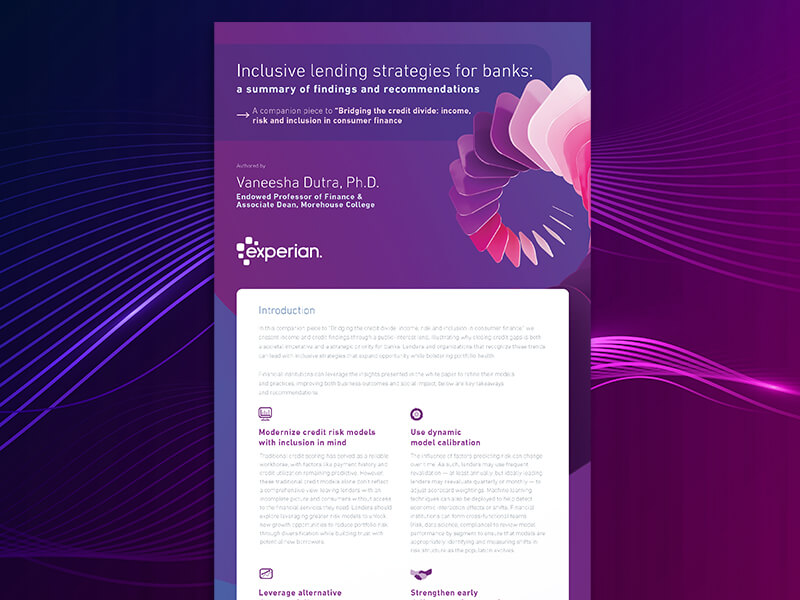 Tip Sheet
Tip Sheet
This summary outlines important research findings that help lenders drive a more inclusive environment for customers, while mitigating risk.
A few takeaways:
 Report
Report
Gain actionable insights from Experian’s 2026 State of the U.S. Housing Market Report:
 Webinar
Webinar
Join Ashley Knight, Experian’s SVP of Product Management, and Haiyan Huang, Prosper’s Chief Credit Officer, to discover how:
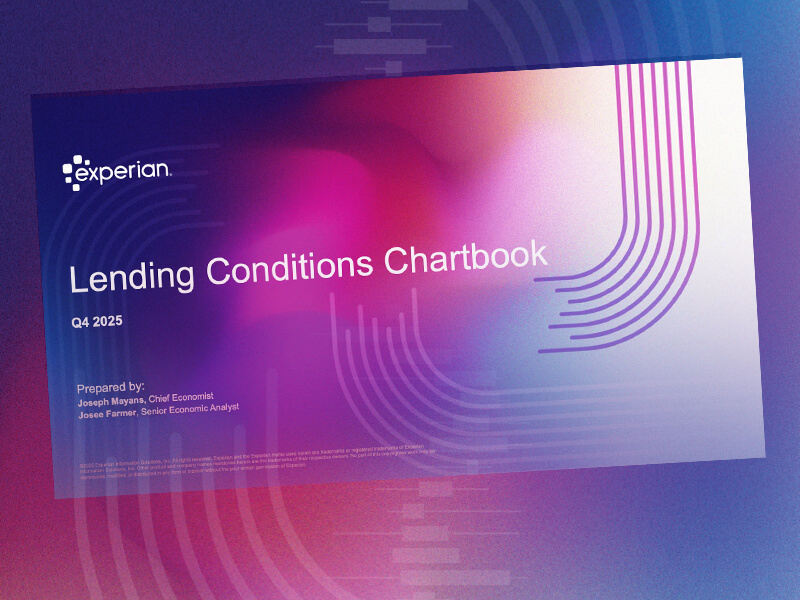 Report
Report
Despite tariff headwinds in 2025, the U.S. economy exceeded expectations and is positioned for continued growth. Improving credit dynamics point to a stronger lending environment in 2026.
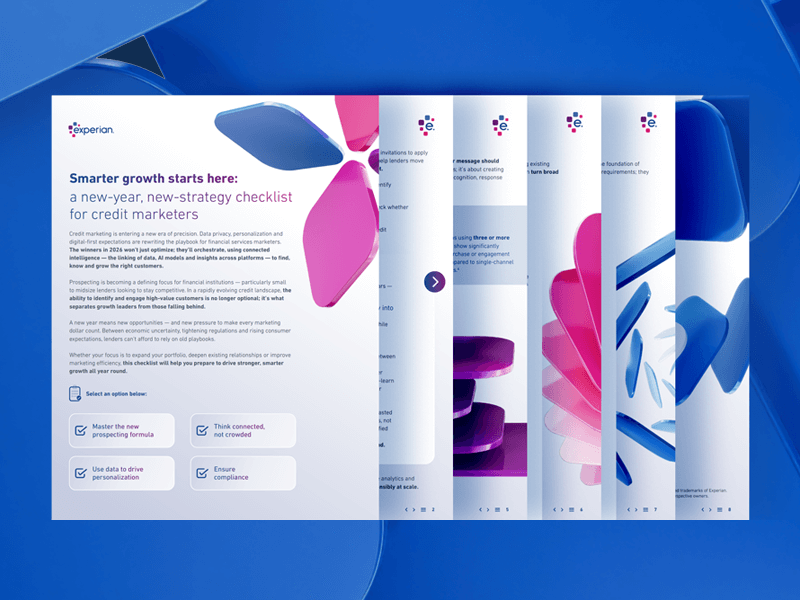 Tip Sheet
Tip Sheet
A new year means new opportunities — and new pressure to make every marketing dollar count. Whether your focus is to expand your portfolio, deepen existing relationships or improve marketing efficiency, this checklist will help you prepare to drive stronger, smarter growth all year round.
You’ll discover how to:
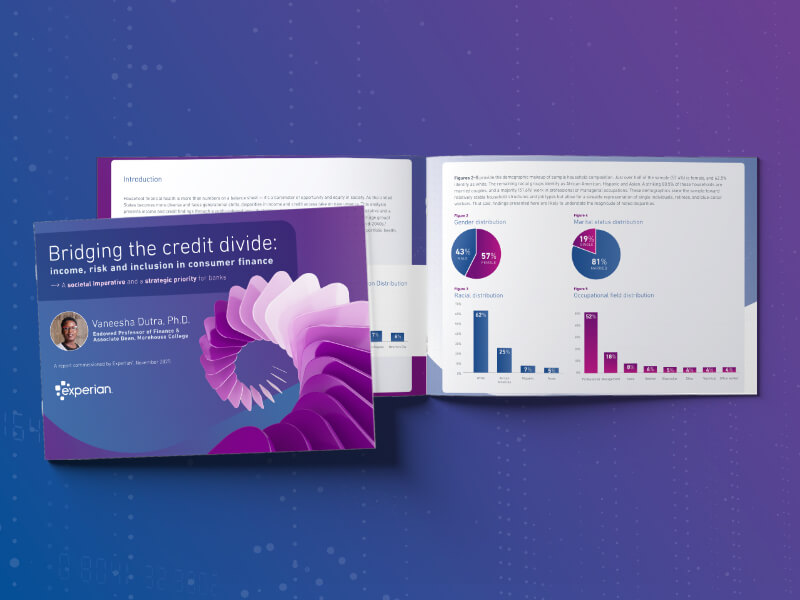 White Paper
White Paper
Read the latest findings about "Closing the credit gap" white paper, and what they mean for financial inclusion and risk management.
Key insights:
 Webinar
Webinar
Improve your credit risk decisions with advanced approaches to validating and optimizing decision trees. Learn how stronger models drive smarter, more consistent outcomes across your portfolio.
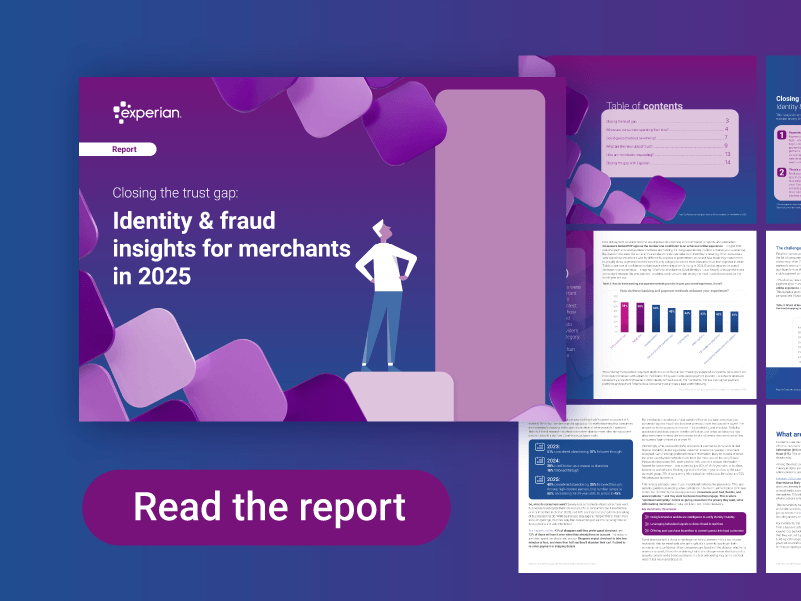 Report
Report
Consumers expect e-commerce experiences to be seamless and secure but, as fraud threats evolve, merchants are struggling to keep pace — and consumers are losing trust in merchants. Drawing on this year’s U.S. identity and fraud insights, this report explores the key factors contributing to the e-commerce trust gap.
You’ll learn:
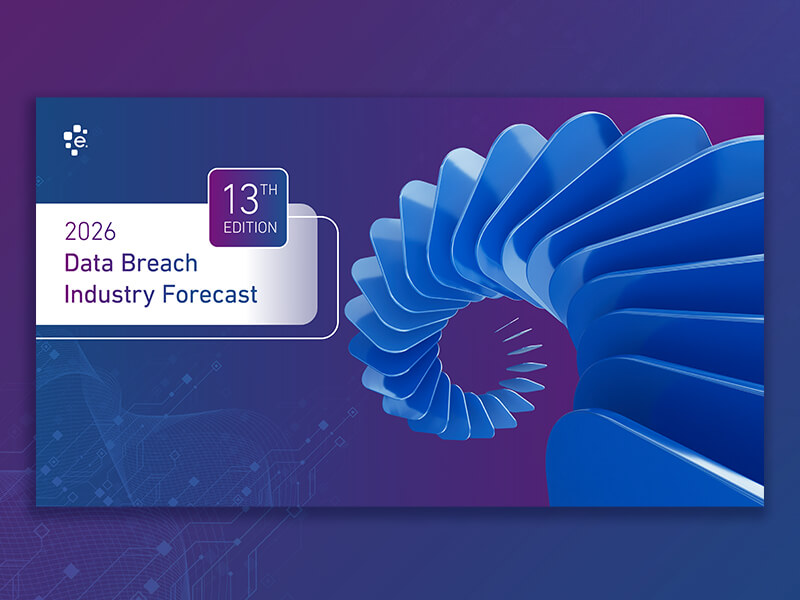 Report
Report
The scale of global cyberattacks continues to rise, and 2026 is poised to be the year of AI in cybersecurity.
In our 13th annual Data Breach Industry Forecast, we share our top predictions for the year ahead, including:
Gain insight into the trends shaping the future of data security. Download the full forecast to prepare for what’s ahead.